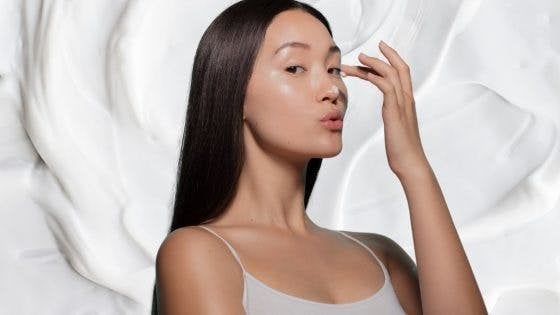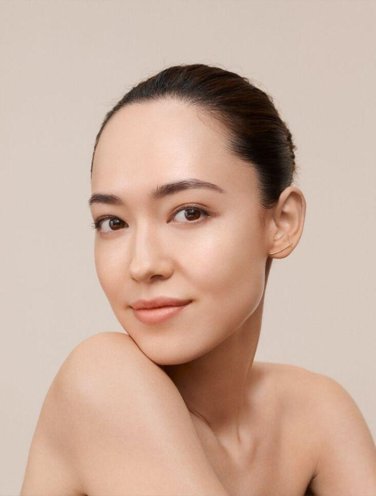Make-up Base Guide: What Is Primer And How To Apply It

It’s becoming an open secret that primers are one of the keys to long-lasting make-up. Recent surveys show that
Here, we explain everything you need to know about acing your base game, including how to use primer and where to apply it for the best results. We’ll also be covering everything from choosing the correct finish (matte, dewy) down to how long you should let the primer dry before a foundation (very important). Keep scrolling.

What is a primer for and what does it do?
“What primer does is optimise the skin surface before a foundation is applied.
Your foundation and the make-up you would layer on need something to adhere to.
A primer prepares your skin, creating a smooth surface for your make-up to glide over. Think of it as painting a wall. When you prime your wall properly, you get a much smoother finish. If it’s plastered correctly, you get a nicer finished result without the bumps.”
Basically, it blurs, hides, and evens out your skin texture, while helping to give your make-up some serious staying power.
Do you need a primer?
As for us, and McHale, it’s a straightforward ‘Yes!’. If you intend to wear a full face of make-up, this is an essential step to smooth skin, keeping our make-up in place, and blurring those large, humongous pores. But a big ‘yes!’ to boosting glow, fading fine lines and wrinkles and adding hydration to the skin.
What primer should I use?
Old primers were just used for make-up longevity. Nowadays, they target different skin concerns since they are formulated with skincare benefits: hydrating, colour correcting, mattifying, and more. As a result, it can be puzzling to figure out which type of primer will work best for you. McHale says understanding what you want will narrow down this choice.
“There are two things to consider when picking a primer: firstly, your skin type – although all (Clarins) primers are suitable for all skin types – and secondly, the finish that you’re looking for.” – Charlotte McHale
Dewy Finish
Clarins Beauty Coach recommends a dewy, glowing finish for women with dry, normal, or combination skin. “Using something like our
How to apply this primer: Apply primer after the last step of your skincare routine. You can use a make-up brush or your fingers and apply a pea-sized amount over your entire face, neck and chest (plus, a quick swipe on the front of your hands will add protection from the sun).
Matte Finish
For women with oily or mature skin, Instant
Colour Correct
A colour-correcting primer will neutralise skin issues such as redness, dark spots and sallowness.
The
Redness: If you’re battling redness or serious skin conditions like eczema, or rosacea, go for a green-tinted primer like
Dark spots: A
Skin Pigmentation: Use the apricot shade –
Fatigue: If you want to fake eight hours of sleep, use the
Dullness: Slough away sallowness with the
Tip: Can I use a face primer under my eyes?
Absolutely. Clarins’ primers are versatile.
Finishing the look
To finish? After
With all these in mind, you’ll never have to worry about your face devouring your make-up and finding it has disappeared by lunchtime. So, we’re not wasting time re-applying, giving you more time to have fun and enjoy life!

